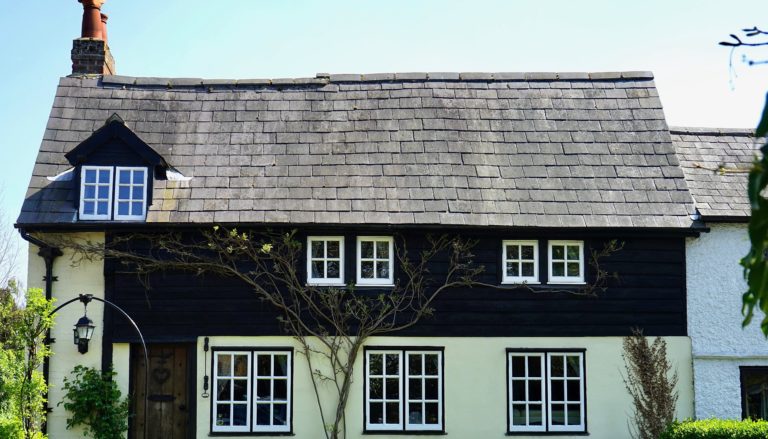Ways to Solve the Supply Gap Crisis (Part 1)

Combatting the chronic undersupply of housing in the U.S.
By Pete Carroll, CoreLogic.
Hi, I’m Pete Carroll, executive of public policy at CoreLogic and today we’re going to turn our attention to ways we can solve the housing supply gap crisis in the U.S. There’s no one solution to this crisis—so this will be split into three parts, addressing three major ways we can combat the chronic undersupply of housing in the U.S. Welcome to Part 1.
Let’s start with understanding the issue at hand. To solve the Housing Supply Gap Crisis in the U.S. effectively, that requires acknowledging that this is a holistic problem —while we need to address supply gaps for the most economically disadvantaged, we have to also address supply gaps across the entire income spectrum if we are to create the preconditions for racial equity and economic mobility.
People need a place to move to if they are going to access communities with greater economic opportunity!
The first part of this three-part solution involves discussing federal, state, and local public policies that encourage greater investments in housing.
Municipal regulations are a public policy topic that frequently arise during this discussion. When home builders consider a particular site for housing development, too often, there are city or county zoning rules that define what types of homes can be built and for what purpose. For example, whole neighborhoods might be zoned to only allow single family residential detached 1-unit homes to be built. These zoning rules might include strict standards regarding the height, length, and width of the home, among other requirements. Such zoning rules can be a double-edged sword.
On the one hand these rules reflect the type and mix of housing desired by these communities. On the other hand, they can sometimes exclude other styles of homes that are more affordable and accessible. They can also add cost; the National Association of Home Builders estimates that local zoning regulations can add as much as 30% to the cost of a development project in certain circumstances!
Another public policy topic of importance is federal, state and local subsidy such as grants and tax credits. The Neighborhood Homes Investment Act is an example of new legislation that was recently introduced by Senator Portman of Ohio and Senator Cardin of Maryland. It is a novel tax credit to incentivize new affordable homeownership construction and is an example of the kind of program needed.
We also need more of the subsidy programs we already know work very well which address both rental and homeownership opportunity: these include Section 8, Neighborhood Stabilization Program, Community Development Block Grants, Low-Income Housing Tax Credit, and Opportunity Zones, just to name a few.
When cities and states have better tools and resources, they can quickly and prudently evaluate the effects of zoning regulations on communities as well as deploy subsidies that address the “right mix” of housing. This allows them to respond to community needs, while also ensuring that it’s an economically viable business opportunity for builders, lenders, and property managers.
In Part 2 of this trilogy, we’ll cover innovations in manufacturing—and how that can also help fill in the Housing Supply Gap in the U.S.
Thanks for tuning into this episode of “The U.S. Housing Supply Crisis and Economic Mobility.” For more information about the property ecosystem, visit corelogic.com/insights. Otherwise, make sure to like, leave a comment and subscribe, and we’ll see you in the next episode.























Comments
Leave a Reply
Have an account? Login to leave a comment!
Sign In